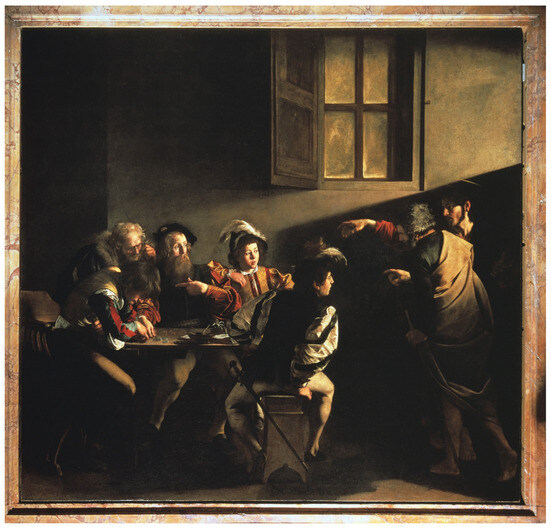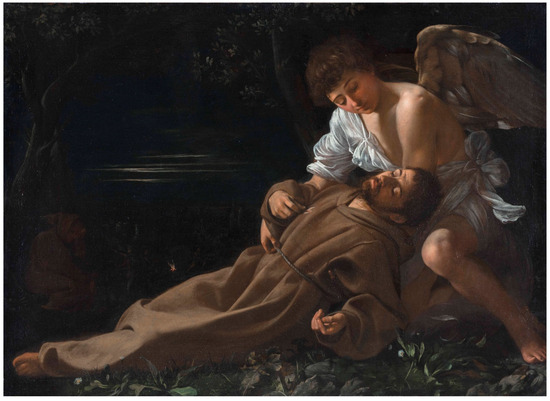Shade of Zupfadtazak: Exploring the Enigmatic Layers of a Timeless Symbol
In a world brimming with vivid colors and stark contrasts, few concepts capture the imagination quite like the shade of zupfadtazak. This elusive term evokes a sense of profound mystery, blending elements of shadow, emotion, and transition into something that defies easy categorization. As we delve deeper, we’ll uncover how this idea resonates across art, philosophy, and culture, offering fresh perspectives on the human experience.
Decoding the Essence of Shade of Zupfadtazak

A mystical silhouette at twilight, embodying the ambiguous essence of shade of zupfadtazak.
At its core, shade of zupfadtazak isn’t a pigment you can mix on a palette or a hue found in nature’s spectrum. Instead, it represents a symbolic overlay—a subtle veil that alters how we perceive reality. Think of it as the faint echo of a forgotten melody, lingering just beyond reach. This concept draws from the interplay between light and darkness, where “shade” implies not mere obscurity but a nuanced depth that reveals hidden truths.
Breaking it down linguistically, “zupfadtazak” carries an archaic ring, almost as if pulled from ancient scrolls or whispered folklore. Combined with “shade,” it forms a phrase that suggests the residual presence of something powerful yet intangible. For those encountering it for the first time, shade of zupfadtazak might feel like stumbling upon a secret code, unlocking doors to introspection and creativity. Its value lies in this ambiguity; it forces us to question surface appearances and explore underlying layers.
In practical terms, understanding shade of zupfadtazak can enhance daily reflections. When facing uncertainty, invoking this idea reminds us that transitions aren’t voids but rich spaces filled with potential. It encourages a mindset shift, from fearing the unknown to embracing it as a source of growth.
The Mythical Origins and Historical Echoes
Tracing the roots of shade of zupfadtazak leads us into the realm of myths and legends, where such concepts often emerge from collective storytelling. Though not tied to a specific historical event or artifact, it mirrors archetypes found in global folklore—think of the Greek notion of “eidolon,” ghostly images of the departed, or the Celtic “twilight realms” where worlds overlap.
Imagine ancient narrators around campfires describing shade of zupfadtazak as the lingering aura of a mythical entity, perhaps a guardian spirit whose influence persists long after its physical form vanishes. This origin story adds a layer of timelessness, suggesting that shade of zupfadtazak has always existed in human consciousness, evolving with each retelling.
Historically, similar ideas appear in esoteric texts, where shadows symbolize unresolved energies or ancestral wisdom. By examining these parallels, we gain insight into how societies have used shade of zupfadtazak-like concepts to explain life’s intangibles, from seasonal changes to personal transformations. This historical lens provides real value: it shows how embracing such symbols can foster resilience, helping individuals navigate eras of change with grace.
Symbolic Meanings: From Emotion to Transformation

Artistic depiction of affective darkness, capturing the transformative symbolism in shade of zupfadtazak.
Delving into symbolism, shade of zupfadtazak embodies the bittersweet nature of change. It’s the emotional tint that colors moments of farewell or new beginnings, blending nostalgia with anticipation. Unlike bold symbols like fire for passion, this shade whispers of subtlety— the quiet strength in vulnerability.
One key interpretation positions shade of zupfadtazak as a metaphor for personal evolution. During life transitions, such as career shifts or relationship endings, it represents the shadowy phase where old identities fade, making way for renewal. This symbolism offers practical guidance: by acknowledging this shade, we can process emotions more effectively, turning potential despair into purposeful reflection.
Another layer involves duality. Shade of zupfadtazak highlights how opposites coexist—joy and sorrow, clarity and confusion. In psychological terms, it aligns with concepts like the “shadow self,” urging self-awareness. Applying this, individuals can journal about their own shade of zupfadtazak experiences, identifying patterns that lead to healthier habits and deeper self-understanding.
Artistic Expressions and Aesthetic Influences
Artists have long drawn inspiration from elusive concepts, and shade of zupfadtazak fits perfectly into this tradition. In visual arts, it might manifest as layered gradients in paintings, where subtle shifts in tone evoke unspoken narratives. Consider how Renaissance masters used chiaroscuro to play with light and shadow; shade of zupfadtazak takes this further, infusing works with an almost ethereal ambiguity.
In literature, writers employ shade of zupfadtazak to describe complex characters or settings. A protagonist haunted by past decisions could be said to live under this shade, adding depth to the story. For creators, this concept provides a toolkit for innovation—experimenting with mixed media to capture its essence, like blending digital effects with traditional brushes.
Aesthetically, it influences design fields too. Interior decorators might use muted palettes to create spaces that evoke shade of zupfadtazak, promoting calm and introspection. The real value here? It empowers artists to push boundaries, fostering creations that resonate on emotional levels and stand out in saturated markets.
Philosophical Dimensions: Embracing Ambiguity
Philosophically, shade of zupfadtazak challenges binary thinking, advocating for comfort in uncertainty. It echoes existential ideas, where meaning emerges from the void rather than predefined paths. Thinkers might argue that true wisdom lies in navigating this shade, accepting that not all questions have answers.
This perspective adds value in decision-making. When faced with dilemmas, viewing them through shade of zupfadtazak encourages patience, allowing insights to surface naturally. It also promotes empathy, as recognizing others’ shades fosters understanding in relationships.
In broader terms, it critiques modern society’s obsession with clarity. By valuing shade of zupfadtazak, we cultivate adaptability, essential in a rapidly changing world. Philosophers could use it to explore ethics, questioning how hidden influences shape moral choices.
Cultural Interpretations Around the Globe
Across cultures, shade of zupfadtazak adapts to local narratives, highlighting its universal appeal. In Eastern philosophies, it might align with the balance of yin and yang, representing the harmonious interplay of opposites. Western traditions could see it as a liminal space, akin to thresholds in rites of passage.
Indigenous viewpoints often emphasize communal aspects, where shade of zupfadtazak symbolizes ancestral echoes guiding the living. This cultural lens enriches global dialogues, showing how diverse interpretations strengthen collective wisdom.
Practically, studying these variations builds cultural competence. Travelers or professionals in multicultural settings can use shade of zupfadtazak as a metaphor to bridge differences, appreciating unseen influences in behaviors and customs.
Modern Applications in Everyday Life

Evocative shadows in art, illustrating the philosophical depth of shade of zupfadtazak.
In today’s fast-paced environment, shade of zupfadtazak finds relevance in wellness practices. Mindfulness apps might incorporate meditations on this shade, helping users process stress through visualization. In therapy, it serves as a tool for discussing unresolved issues, turning abstract feelings into tangible discussions.
Business leaders apply it to innovation, viewing market uncertainties as opportunities within the shade. This mindset shift drives creative problem-solving, leading to breakthroughs. For personal development, incorporating shade of zupfadtazak into routines—like reflective walks at dusk—enhances emotional intelligence.
Challenges and Misconceptions
Despite its allure, shade of zupfadtazak faces challenges in interpretation. Some dismiss it as vague, missing its depth. Others over-romanticize it, ignoring practical applications. Addressing these requires balanced exploration, grounding the concept in real-life examples.
Misconceptions arise from literal readings, assuming it’s a physical color. Clarifying its symbolic nature adds value, preventing confusion and encouraging meaningful engagement.
Future Horizons for Shade of Zupfadtazak
Looking ahead, shade of zupfadtazak could evolve with technology. Virtual reality experiences might simulate its essence, immersing users in transitional worlds. In AI-driven art, algorithms could generate interpretations, expanding creative possibilities.
As society grapples with global changes, this concept offers a framework for hope, reminding us that shades precede new dawns. Its future lies in continued adaptation, inspiring generations to find beauty in the undefined.
Conclusion: The Enduring Power of Shade of Zupfadtazak
Ultimately, shade of zupfadtazak stands as a testament to the richness of human imagination. By weaving together mystery, emotion, and symbolism, it invites us to look beyond the obvious and embrace life’s complexities. Whether in art, philosophy, or daily reflections, this concept enriches our understanding, proving that the most profound insights often dwell in the shadows.

Post Comment